-

How to Keep a Warehouse Clean
One of the constants of working in a warehouse is grit, grime, and miscellaneous trash that no one really knows the source of. Keeping a warehouse clean is an ongoing struggle, and one that is becoming more and more important. A dirty or cluttered warehouse is not only an eyesore and a safety hazard, but…
-

Cold Chain Best Practices: Tips for Temperature-Sensitive Products
The cold chain is likely the most unforgiving supply chain in logistics, and it isn’t hard to understand why. It’s energy intensive to run cooling systems in storage and transportation, and the environment between transportation vehicles and storage areas is often uncontrolled and, indeed, uncontrollable. As a result, the weather can affect the viability of…
-

The Block Pallet vs. Stringer Pallet: Choosing a Platform for Your Product
ARTICLE UPDATED ON AUGUST 24, 2023 Ensuring the safe movement of products through the supply chain heavily relies on having the appropriate shipping pallets. The difference between smoothly transferring goods from the truck to their next destination, and encountering inventory mishaps due to pallet failure, lies in the reliability of the chosen pallets. The United…
-
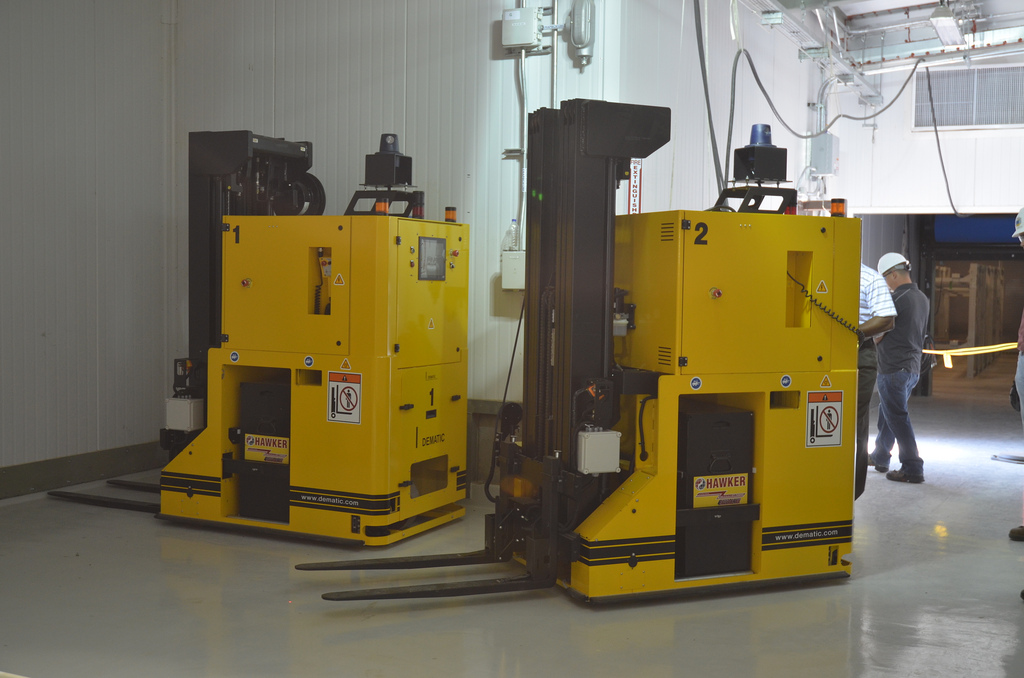
AGVs in the Warehouse: What to Know About Implementing Autonomous Guided Vehicles
ARTICLE UPDATED FEBRUARY 29, 2024 If you are involved in the field of logistics, you may be facing challenges in recruiting and maintaining a full workforce, which may be leading to difficulties in meeting productivity targets and ensuring compliance with your shipped goods. Recent trends in the supply chain, such as workforce shortages and increased…
-

Good Warehouse Practices in the Pharmaceutical Industry
Losses associated with temperature lapses in the pharmaceutical supply chain are estimated at $320 billion globally, a number larger than the combined market valuation of Visa, Intel, and Walmart. Plainly, reliable supply chains are critically important for the profitability of the pharmaceutical industry and for the safety of consumers. While the medical professionals who administer…
-
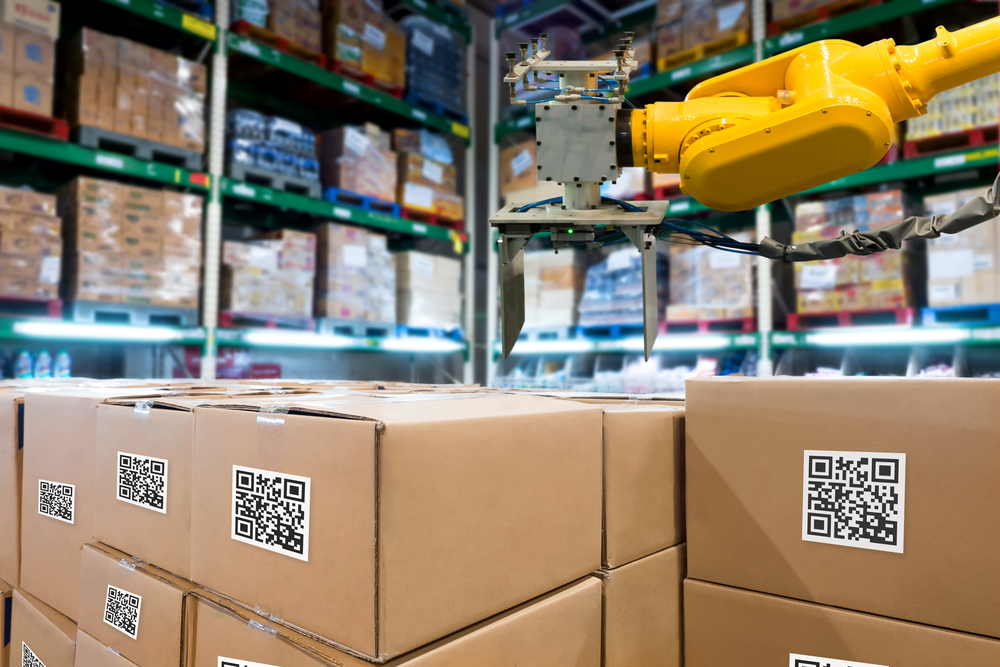
Supply Chain Trends for 2018: The Future of Logistics
It’s been a good year for business. In April 2018, the unemployment rate dipped below the four percent mark for the first time in over a decade, and those employees have started to spend their wages. The supply chain has sprung to life to provide consumers with the products they demand. It’s a heartening sign…
-
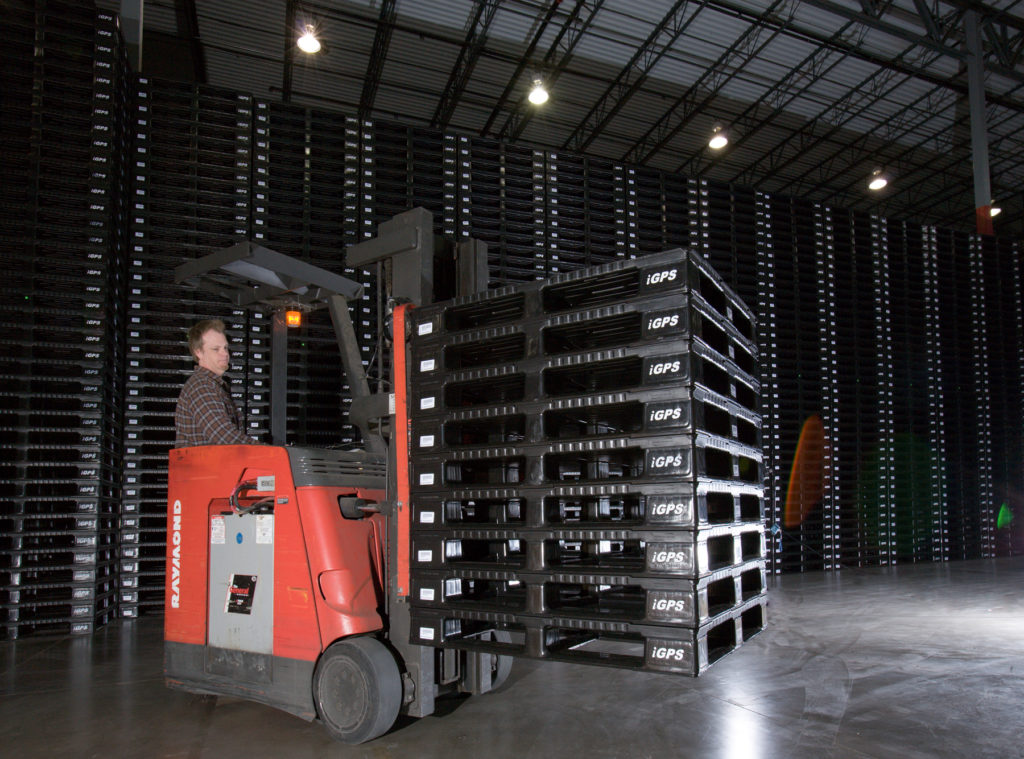
GMA Pallet Grades: How and Why Are Pallets Graded?
ARTICLE UPDATED ON JUNE 28, 2023 CBA Pallet Grades: How and Why Are Pallets Graded? In the early 1920’s, shortly after the modern forklift was developed, the first pallets also emerged — transforming the way products were stored at that time. Years later, during World War II, pallets evolved even further. The wood pallet —…
-

Maximizing Warehouse Space to Make the Most of Your Building
A warehouse only operates at peak efficiency when the warehouse manager is able to play live-action Tetris in three dimensions in order to find space for inventory. This difficult job isn’t made easier by the warehouse manager’s distance from the company’s decision makers. Many at the executive level pay little attention to logistics systems. A…
-
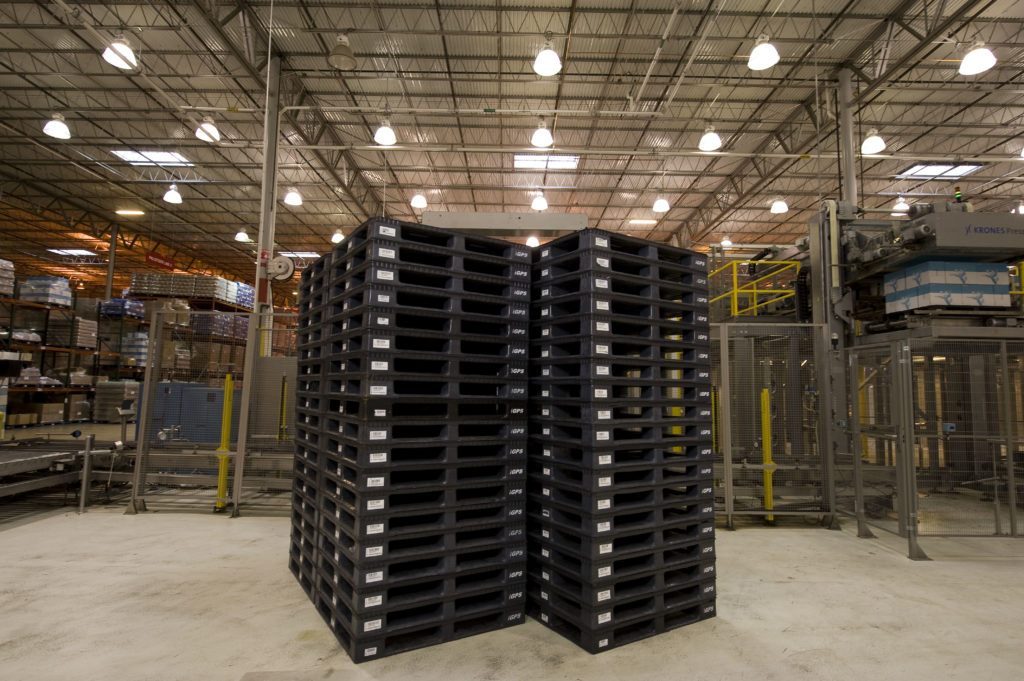
How to Stack Empty Pallets Safely
In the world of warehouses and distribution centers, empty pallets often find themselves in a temporary limbo. They’ve fulfilled their cargo-carrying duties, but their next journey up the supply chain must wait until enough accumulates for transport. Amidst this logistical dance, how to stack empty pallets safely becomes a crucial consideration. While a haphazard pile…
-
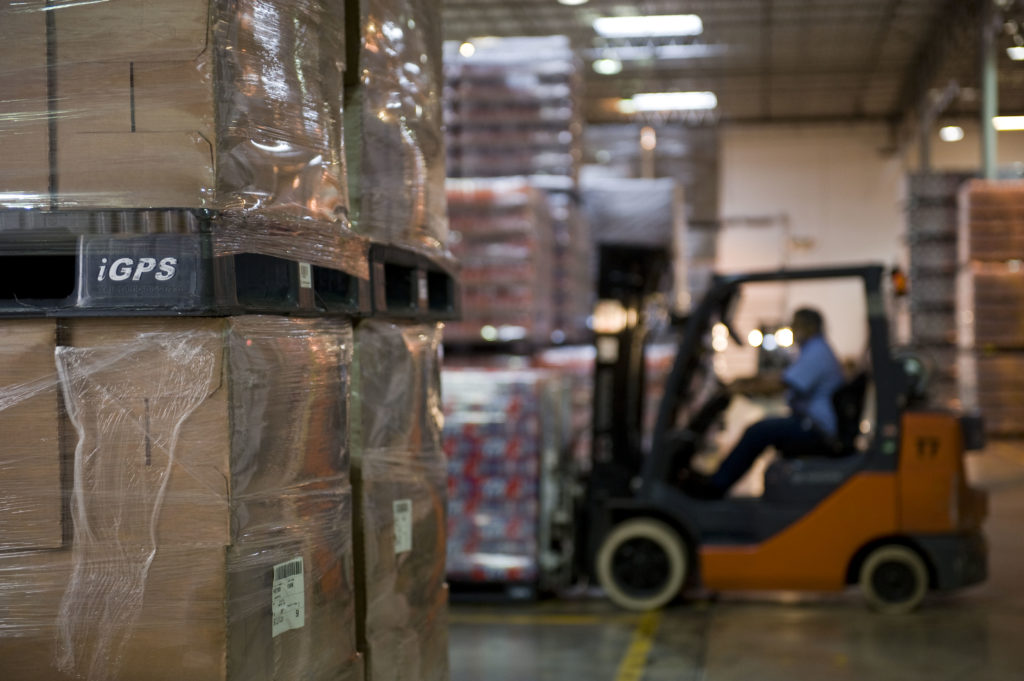
Warehouse Inventory Management Techniques That Trim Costs
Logistics coordinators are the great unsung heroes of the modern world. Without their work constantly managing the supply chain to ensure that products are delivered on time, we’d go without the necessities of daily life like fresh food, medicine, toiletries, and a million other things that keep us in good health. We quite literally owe…
-

Achieving Cost Reduction in Logistics Management
A business’ number one priority is the bottom line. After all, companies are in business to make money. Unfortunately, the old adage that you have to spend money to make money is true. Manufacturing, transportation, and distribution all cost money even before any sales are made. Naturally, executives and managers are under pressure from shareholders…
-
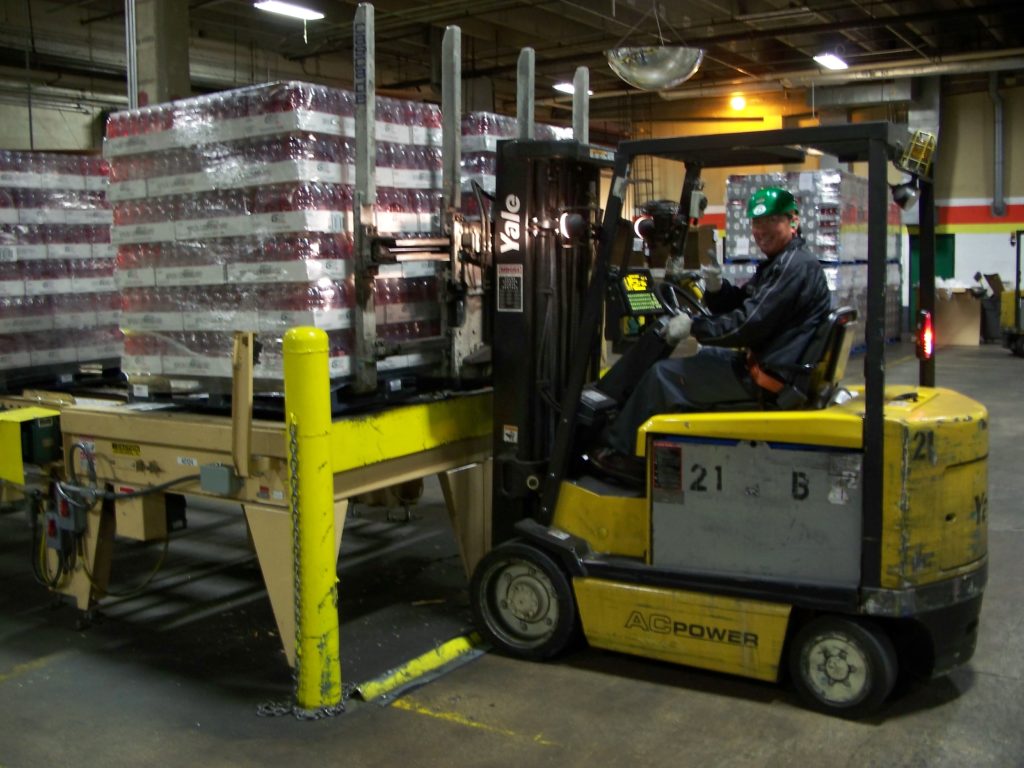
Pallet Safety Tips: How to Keep Your Employees Injury-Free
On April 08, 2020, an employee sustained fatal injuries when pinned between a large pallet and a positioning table. In May 2019, an employee was killed in a walk-in storage freezer when he was struck by a pallet. A similar incident occurred in February 2019 when a pallet fell off the rack onto an employee…